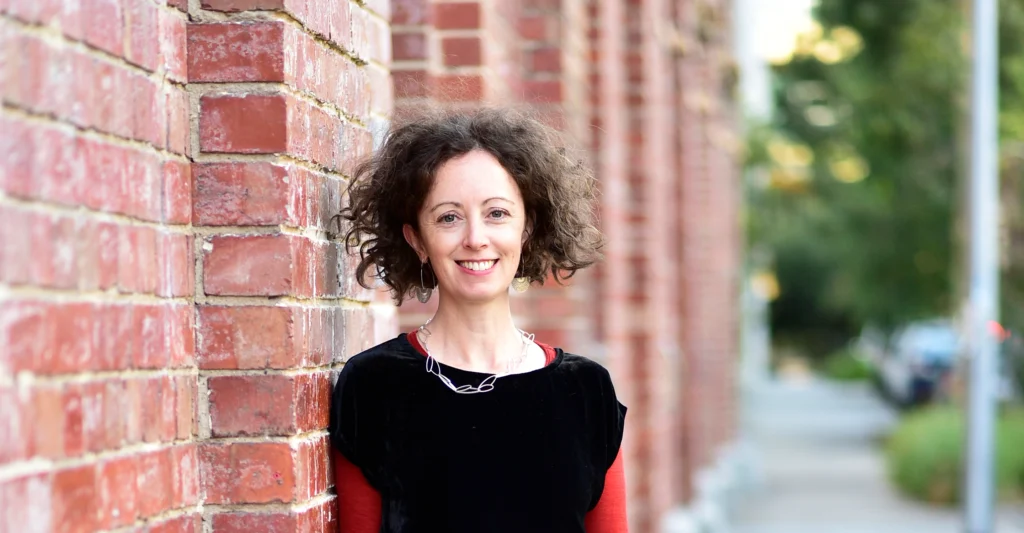
St Kilda Cemetery and Brighton General Cemetery
Conservation Management Plans
Southern Metropolitan Cemeteries Trust
Melbourne, VIC
Ensuring that their heritage values are retained for future generations.
Context (now GML Heritage), in collaboration with David Young OAM, was engaged by the Southern Metropolitan Cemeteries Trust to prepare Conservation Management Plans (CMPs) for St Kilda Cemetery and Brighton General Cemetery. The CMPs provide guidance for the care and management of these two historic cemeteries.
Cemeteries are places embedded with important cultural heritage values, both tangible and intangible. They hold significant meanings and associations for communities and individuals. As well as being places of memorialisation and quiet reflection, they are places of local history and community identity. For many people cemeteries are spiritual places. A range of faiths are represented at both cemeteries, including a tradition of Jewish burials. The cemeteries at St Kilda and Brighton occupy a much older landscape that has been Aboriginal country for many thousands of years.
Early burial sites in the colony of Victoria had been places driven by pragmatism and need. As Victoria’s population grew as a result of gold rush immigration, the colonial government established a number of new cemeteries influenced both by contemporary understandings about public hygiene and sanitation, and the treatment of large public cemeteries as attractive designed landscapes. Land was reserved for St Kilda and Brighton cemeteries in 1853, making these cemeteries two of the earliest examples of public cemeteries in Melbourne.
Both cemeteries demonstrate the aesthetic influence of the garden cemetery movement. This is evident in the use of meandering paths, exotic plantings, and features often found in public gardens, such as pavilions palisade fencing, and in the case of Brighton, a caretaker’s residence.
The fabric of the St Kilda and Brighton cemeteries also reveals changing practices associated with mourning and the disposal of the dead. As places of continuous use from the 1850s, these cemeteries exhibit a wide range of architectural styles and religious influences. The styles and symbols applied in cemetery monuments reflect shifts in attitudes towards death as well as in the changing aesthetics of monument design. Eminent figures in Victoria’s history have been laid to rest within these cemeteries, including Sir John Monash, Adam Lindsay Gordon, Frederick McCubbin Alfred Deakin and Ferdinand von Mueller.
Cemeteries are symbolic landscapes with important associations for communities as well as individuals. They hold a range of heritage values, reflecting historical, social, aesthetic and associative significance. These landscapes are vulnerable to the combined effects of age and use, and the management of their significance requires the careful consideration of a number of factors.
The CMPs also outline opportunities and challenges for the two cemeteries, while at the same time recognising the client and community’s aspirations and requirements. The project team developed practical, considered, and well-informed policies that will help to retain and recognise the cemeteries’ heritage values into the future.


